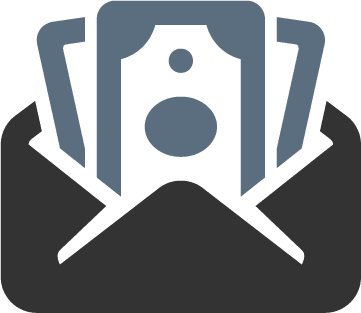When your debt has become unmanageable and you can't keep up with the payments, deciding to file for bankruptcy is a last resort. It involves careful counselling from a Licensed Insolvency Trustee (LIT), who is your best resource for understanding how bankruptcy will affect your financial situation.
| ✅ Credit card debt (including store credit cards) |
| ✅ Bank loans |
| ✅ Payday loans |
| ✅ Tax debt |
| ✅ Medical bills |
| ✅ Student loans, if 7+ years since you were last a student |
| ❌ Mortgage |
| ❌ Car loans |
| ❌ Alimony |
| ❌ Child support |
| ❌ Court fines |
| 1. You owe at least $1,000 in unsecured debt; |
| 2. You cannot pay your debts as they come due; |
| 3. You are insolvent, meaning you owe more than the value of the assets you own; |
| 4. You must either reside, do business, or have property in Canada. |

4. Make monthly payments to your LIT.
![]()
5. Attend credit counselling to help you plan to rebuild your credit.
![]()
6. At the end of your bankruptcy, you are legally discharged from your debts.
✅ Eliminates your debt |
| ✅ Freezes interest payments |
| ✅ Stops harassing phone calls, legal action & wage garnishments |
| ✅ Protects some of your assets |
| ✅ Costs less than some other options |
| ✅ Can typically be completed quickly |
| ❌ Potential loss of non-exempt assets |
| ❌ Note on credit report for 7 years |
| ❌ Monthly payments based on income |
| ❌ Monthly budgeting statements |
| ❌ Some debts are excluded |